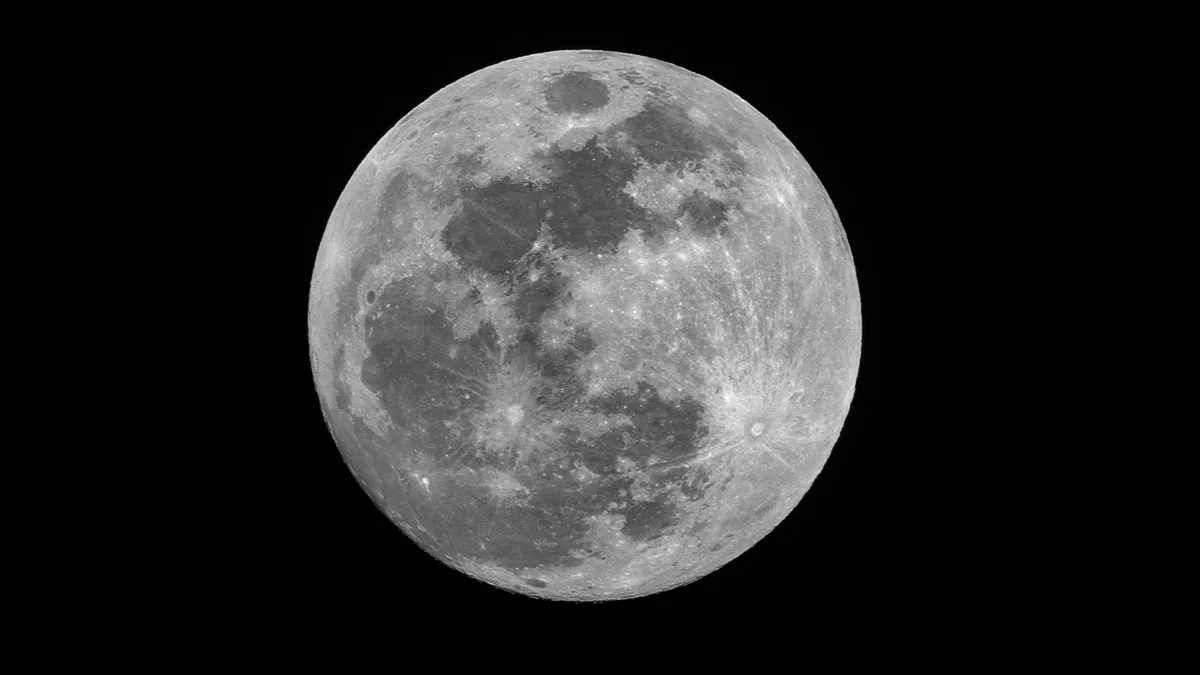
The full moon or supermoon of 2023, often known as the buck moon, was visible in the skies of Saudi Arabia and the Arab globe, on Monday. Its apparent size will be greater, and its light will be brighter as the supermoon will be closer to Earth than normal. A supermoon happens when a full moon occurs at the same time as the moon's perigee (when it is closest to the Earth). When the sun and moon are aligned on opposite sides of the planet, it is called a full moon.
As a result, the sun illuminates the entire face of the moon and because the moon orbits the planet in an elliptical rather than a circular orbit, its distance from the earth fluctuates over time.
According to Majed Abu Zahra, head of the Astronomical Society in Jeddah, a moon is regarded as a supermoon when the distance between the centre of the moon and the centre of the earth less than 362,146 kilometres is. This moon is known scientifically as a "perigee syzygy," which means that it is closest to Earth. This indicates that the moon is the closest to Earth, and in the case of this full moon, it will be 361,934 km away.
According to Abu Zahra, the moon will reach its completion point at an angle of 180 degrees from the sun at 02:38 pm Makkah time or 11:38 am GMT. He noted that the supermoon will rise from the southeastern horizon after sunset, suggesting that its colour will be orange because to dust and other particles in the atmosphere around the earth scattering the white light reflected from the moon.
The blue spectrum colours will dissipate, but the red spectrum colours will remain. The moon will turn silver-white as it rises and moves further away from the horizon. This happens once a month, according to him and this time it illuminated the sky all night until it set in the morning of Tuesday.
Abu Zahra called attention to the fact that the full moon would be 5.8 percent bigger than its regular look and 12.8 percent brighter than a normal full moon. As a result, most people will not perceive the difference between the huge full moon and regular full moons, and any variation in lighting will be quickly dispersed by clouds or city lights, he noted.
It is worth noting that this period of the lunar month is optimal for viewing the radiating craters on the moon's surface, as opposed to the rest of the landscape, which looks flat and has extremely short shadows since the moon's face is totally in the sunshine.
